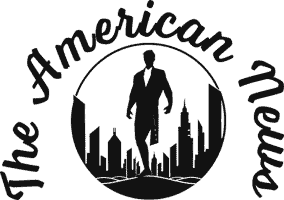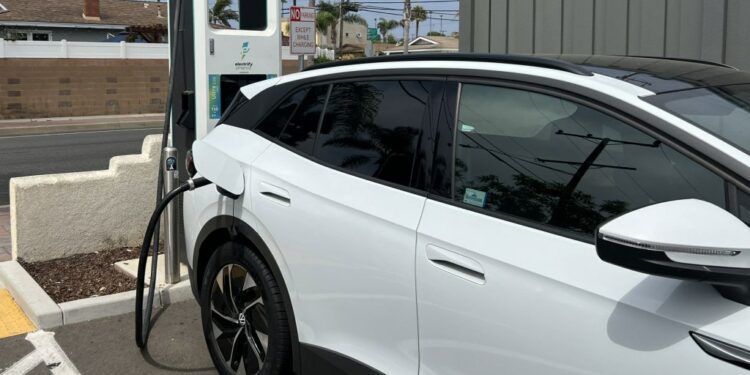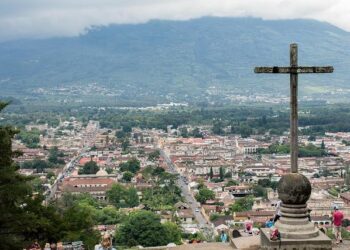Q: I’ve heard you say that another problem for commercial landlords is determining whether to install chargers themselves or hire a contractor to install and maintain them. Who handles the risk and the cost of installation?
A: Based on my experience, these commercial real estate owners and operators, they realize what they do best. And that is not owning an operating and maintaining their own charging infrastructure. So, they are absolutely looking for ways … to understand what the ownership structure can look like.
There are three basic models. One is that third-party charging operator comes in and takes on all the risk, provides all of the capital to install the charging infrastructure, and there’s no monthly fees. In those situations, those property owners can look for about a 10% of a net revenue fee share back to them.
The second model is a monthly subscription, where the landlord will pay a set dollar amount per plug per month. And in exchange, they’ll get up to 80% of that revenue as a share.
The third option is they could go out and buy their own infrastructure, install that, and they’re responsible for maintaining it. They’ve got all the risks, and if those chargers don’t get used, then they don’t have a return on their investment.
Q: If I’m driving across the country, I will want DC fast chargers, right?
A: That’s correct.
Those are called hubs. Think of it as the convenience store of the future, where we’re building out networks of EV chargers — 10, 15, 20 DC fast chargers — right off of a travel corridor.
That’s really what the (federal) infrastructure bill was set up to fund, (providing $7.5 billion for) the build out of the fast-charging networks across these travel corridors, to eliminate range anxiety, to have a better charging experience. They’re going to try to set those up right off of those exits and those interstates.
Q: Tesla has a different kind of charger. So, if I get a Volkswagen ID.4, a Lucid Air or a Hyundai Ioniq, can I use those Tesla chargers?
A: Yes. The North American Charging System (or NACS) is the plug configuration for Tesla. (But) more and more of the auto manufacturers are starting to adapt that charging standard so that they can use Tesla charging stations. And Tesla has committed to opening up its charging stations to other manufacturers.
Jim Hurless
Name: Jim Hurless
Title: Global Real Estate Leader – EV Infrastructure at CBRE
Residence: Dallas, Texas
Education: Studied philosophy at Arkansas State University
Previous jobs: Over 25 years of global real estate, facilities and infrastructure experience with such companies as CBRE, Imagine Communications, Amazon Web Services and IAC.
Originally Published: August 15, 2024 at 8:00 a.m.
Source link : http://www.bing.com/news/apiclick.aspx?ref=FexRss&aid=&tid=66be7b20d4a7491c9277c402f09748b7&url=https%3A%2F%2Fwww.ocregister.com%2F2024%2F08%2F15%2Fcan-high-demand-california-and-the-us-install-enough-ev-chargers-by-2030%2F&c=6110924226558547169&mkt=en-us
Author :
Publish date : 2024-08-15 11:00:00
Copyright for syndicated content belongs to the linked Source.












